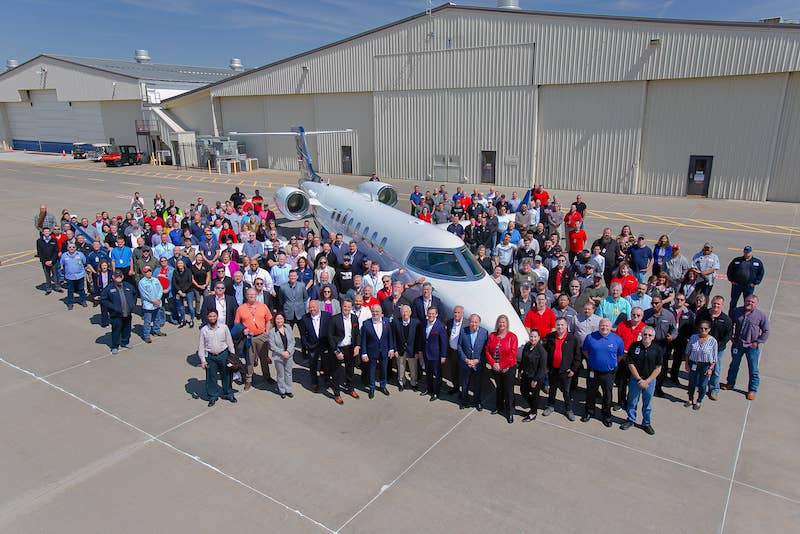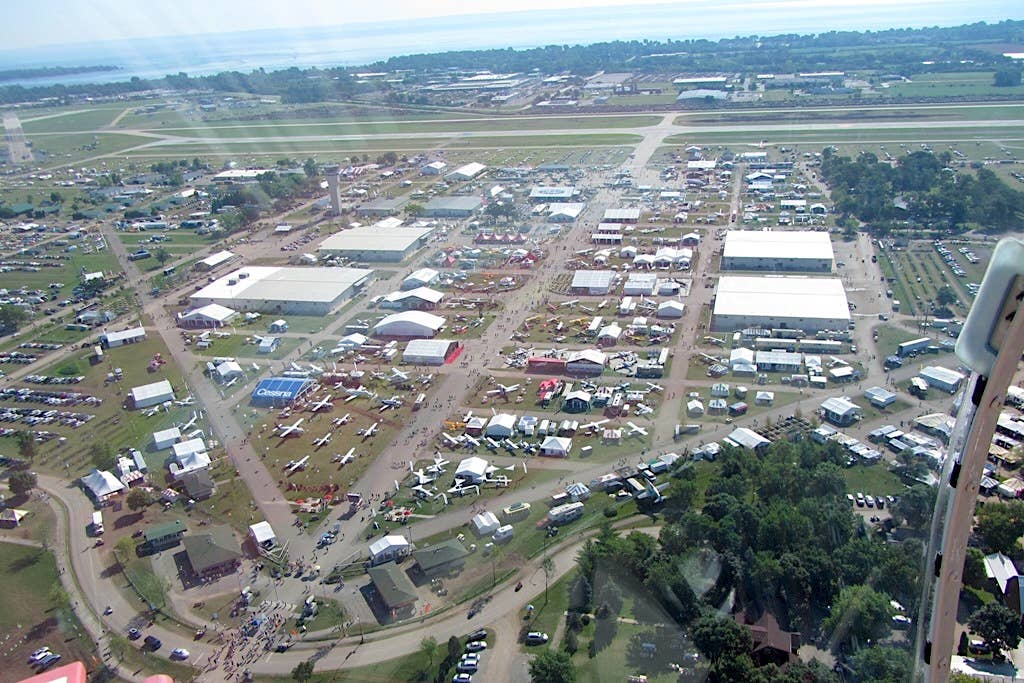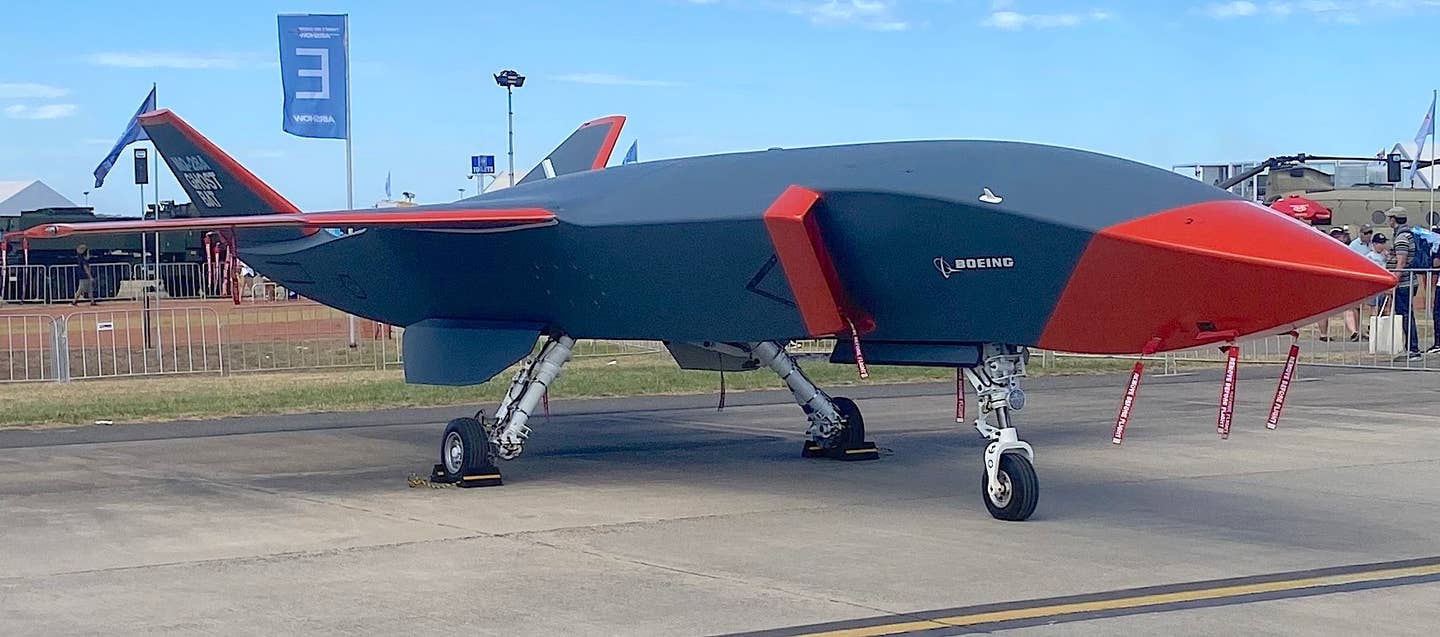Last Learjet Rolls Off Bombardier’s Wichita Assembly Line
On June 4, 1964, Bill Lear laughingly told his executive staff gathered around a conference table in Wichita, Kansas, “OK, we’ve just sold our first Lear Jet!” But the “customer”…

Photo: Bombardier
On June 4, 1964, Bill Lear laughingly told his executive staff gathered around a conference table in Wichita, Kansas, “OK, we’ve just sold our first Lear Jet!” But the “customer” was the insurance company.
As related in Richard Baske's biography of Bill Lear, "Stormy Genius," an FAA test pilot had neglected to retract the wing spoilers before a certification test flight, and the prototype Lear Jet 23 crashed into a field off the end of the runway. It burned to ashes, but not before the FAA pilot and company test pilot escaped uninjured. The insurance money enabled the struggling company to eke out the seven weeks needed to achieve certification on July 31, 1964, and Lear Jet #2 was delivered to its—real world—cash customer shortly thereafter.
After innumerable corporate twists and turns since then (during which “Lear Jet” morphed into “Learjet”), the last of Bill Lear’s legacy, a Learjet Model 75, was delivered on Monday (March 28). It was the last of more than 3,000 aircraft produced under the brand, many under the governance of current production-certificate holder Bombardier Aerospace, and went to an unnamed customer of Grand Rapids, Michigan-based Northern Jet Management. It represents the 24th Learjet to make its way through Northern Jet’s pipeline and will join the company’s managed fleet.
Bombardier, which announced plans more than a year ago to discontinue Learjet production, assured all operators it will continue to support the product line. Executive VP of operations Paul Sislian said, “Bombardier is committed to making sure that these 2,000 aircraft presently in service will keep flying well into the future.”
Tonya Sudduth, VP of Learjet operations, told the crowd at the rollout, “There’s no doubt that today is an emotional day for many of us, as it marks the end of the production era of Learjet. However, the emotion that I’ve seen most prominent in all of my conversations with [employees] over the past several days and months is pride. Pride for being part of this amazing legacy. And pride in making a lasting mark on aviation history.”






